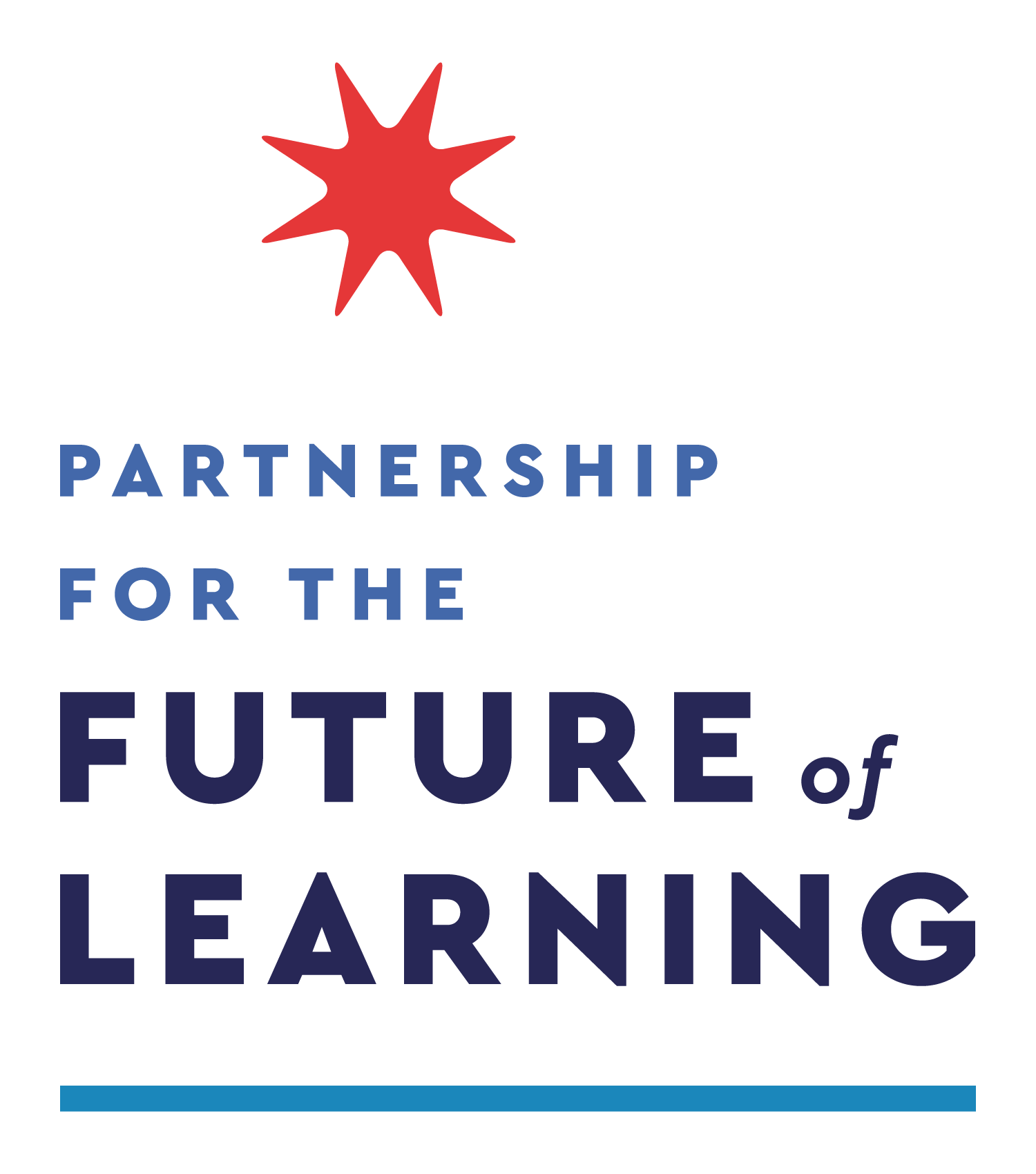
When it comes to financing community schools, leaders must find partners and funding to provide services and resources to support the work of coordination and collaboration, which is referred to as the infrastructure of community schools throughout this brief. Financing for community schools requires some combination of tapping and/or redeploying resources already available across a variety of programs, and finding additional funding to fill in gaps. While this sounds reasonably straightforward, creating a financing plan isn’t just about spreadsheets and funding sources. It requires nuanced relationship building, sound policies and programs, and a well-developed strategy. The following guidelines and considerations can help community school leaders with the complex work of developing and implementing financing plans that support all four pillars of community schools.
This brief is a companion to the Community Schools Playbook, introducing a framework for financing community schools that reflects tested practices. It also provides examples of how community schools at varying stages of development can identify and implement financing strategies. The examples in the brief are intended to highlight the many ways that communities are financing their community schools. Some of the included initiatives are well known; others, less so. Together, they demonstrate how a diverse set of communities are weaving together funding to support their community schools. The brief concludes with several longer examples of how community school leaders are putting financing strategies into practice.
Key Takeaways:
- Context matters. When considering how to finance community schools, the context or local environment sets the frame for strategy development.
- Community schools operate in a dynamic, changing environment. Creating systems, policies, and practices that empower leaders to regularly explore the changing context in light of “what’s new” can help them to avoid funding shortfalls and take full advantage of new opportunities.
- Financing the infrastructure is critical to the success, scale, and sustainability of the work.
- A mix of funding is essential. Securing a mix of shorter- and longer-term funding from multiple, public, and private sources allows community school leaders to develop a sustainable funding base.
- Financing strategies should align with the developmental stage of a community schools initiative. The scope and complexity of their supports, services, practices, and systems can grow over time.
- Transparency is key. Successful community school initiatives create multiple ways to promote transparency starting with effective systems for sharing information with partners, families, and other stakeholders.
- Data and results can help to drive consistent funding. In this era of limited education resources, showing results helps community school leaders and advocates unlock continued funding and demonstrate ongoing improvement.
The Community Schools Playbook was produced for the Partnership for the Future of Learning and FourPoint Education Partners.
We are grateful for the collaboration of the following organizations and individuals who provided review and input on the content and structure of this resource.
Organizations who reviewed the brief:
- American Federation of Teachers
- Coalition for Community Schools
- FrameWorks Institute
- Learning Policy Institute
- National Education Association
- National Education Policy Center
- Public Education Matters, Georgia
